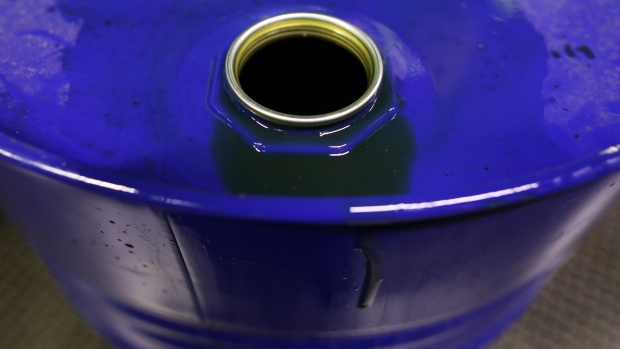
The Energy Information Administration forecasts total U.S. crude oil production to average 10.8 million barrels per day (MMBPD) in 2018, up 1.4 MMBPD from 2017.
In 2019, crude oil production is forecast to average 11.8 MMBPD. If realized, the forecast for both years would surpass the previous record of 9.6 MMBPD set in 1970, Kallanish Energy reports.
Crude oil production at these forecast levels would probably make the U.S. the world’s leading crude oil producer in both years, according to EIA's just-published July edition of its Short-Term Energy Outlook.
Increased production from tight rock formations within the Permian Basin in West Texas and southeast New Mexico accounts for 0.6 MMBPD of the expected 1.2 MMBPD of crude oil production growth from June 2018 to December 2019.
The remaining increase comes from the Bakken, Eagle Ford, other basins and plays in the Lower 48 U.S. states, and the Federal Gulf of Mexico (GOM), which are collectively expected to account for production growth of roughly 0.6 MMBPD.
EIA expects the Permian Basin to produce 4.0 MMBPD by the end of 2019, which is roughly 0.6 MMBPD more than estimated June 2018 levels and would represent about one-third of total U.S. crude oil production at the end of 2019.
Favorable geology, along with technological and operational improvements, have allowed the Permian to become one of the most economic regions for oil production.
However, the forecast annual average growth in 2019 is 0.4 MMBPD lower than in 2018. The slower growth reflects increasing pipeline capacity constraints in the Permian, which are expected to lower wellhead prices for the region’s oil producers and to have a dampening effect on Permian’s full production potential in the near term.
The widening spread between WTI-Cushing and WTI-Midland crude oil prices signals the expectation for reduced drilling activity growth through the forecast period, which in turn is expected to slow the rate of crude oil production growth through 2019.
Production in the Eagle Ford Shale play is expected to increase by roughly 0.2 MMBPD, to 1.4 MMBPD in 2018, and then to increase to 1.5 MMBPD in 2019.
“The Eagle Ford Shale region covers a significantly smaller geographic area with fewer prolific formations and fewer opportunities to drill compared with the Permian region,” according to EIA.
“However, the Eagle Ford region does not have the same pipeline capacity constraints as the Permian. Some producers could potentially target the Eagle Ford and move away from the Permian in 2018 and in 2019, because the Permian region continues to experience constraints.”
EIA expects the Bakken, contained mostly in North Dakota, to produce 1.2 MMBPD in 2018, and 1.4 MMBPD in 2019, surpassing the previous record of 1.2 MMBPD set in 2015.
Source: Kallanish Energy























